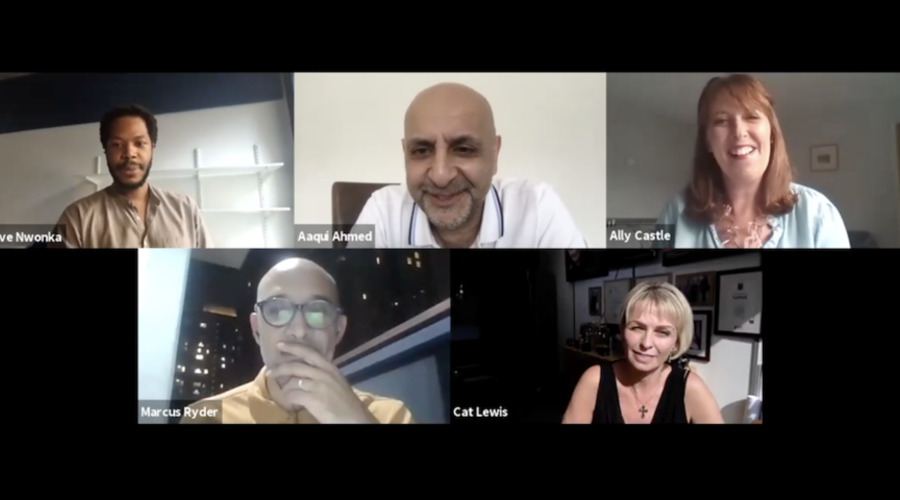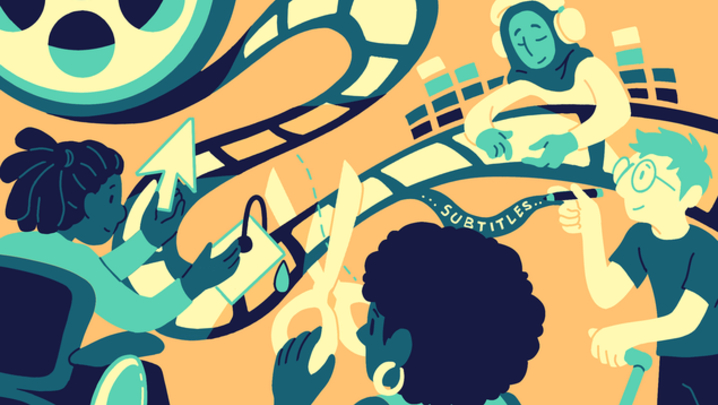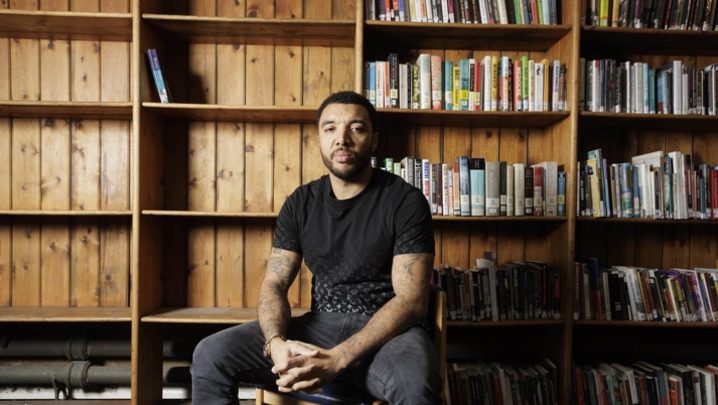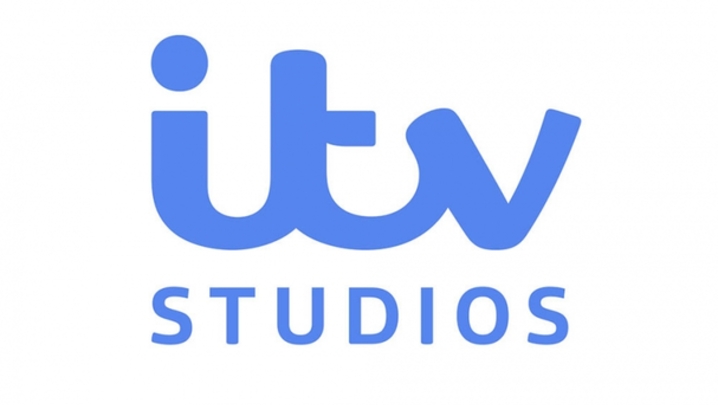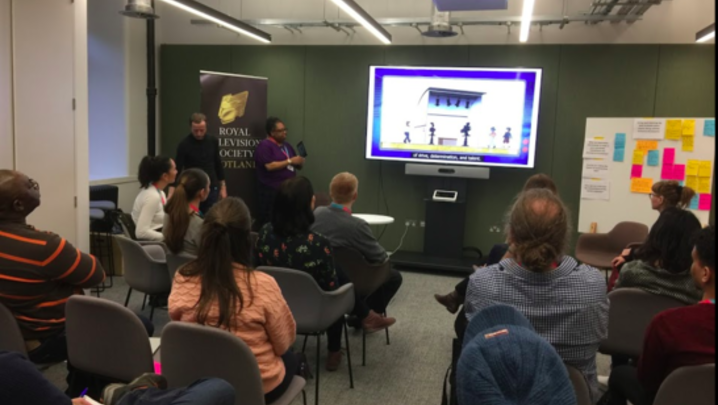An RTS session heard how difficult it is to define “diversity” as panellists disagreed over how much progress was being made in turning the British TV sector into a genuinely diverse workforce.
“Diversity is all of us,” said Creative Strategy consultant Ally Castle, a former programme maker and audience insights expert for the BBC.
“If you look at the nine protected characteristics under the Equality Act (age, disability, gender reassignment, race, religion or belief, sex, sexual orientation, marriage and civil partnership and pregnancy and maternity) we all have those characteristics.
“It’s just that some of us are under-represented in the TV industry, on screen and perhaps in wider society.
“We need to think about focusing on those people who are under-represented. It’s a bit of a danger to think that diversity is other and out there…I think it’s more helpful if we think about it as all being our responsibility.”
Dr Clive James Nwonka, a LSE fellow in film studies, said he was more cynical. He regarded diversity as “the management of difference in institutional cultures.”
He said that his and other researchers’ work suggested that part of the problem in defining diversity was that it was usually powerful, white middle-class men who decided at a particular moment what constituted diversity. They also decided which diverse groups were included in the various diversity initiatives.
“It’s really dangerous to think of diversity as an all-encompassing, everyone can be included at the same time to the same degree. It’s not but is completely contingent on how individuals feel at different times.”
Cat Lewis, CEO of Manchester-based independent, Nine Lives Media, highlighted the usefulness of the BFI’s diversity standards and their criteria for diversity.
She said that after working in TV for almost 40 years she had witnessed massive change regarding how women and working partners were employed in the industry.
“A lot of it has gone in the right direction, but one of the things that has gone in the wrong direction is we’ve lost our regional ITV companies. This means there are far fewer working-class people coming into television.
“The consolidation of television in London has meant that as an industry it has become very upper middle class.
“When I started in telly as a 16- year-old at Tyne Tees Television it was full of working-class people.”
Lewis said that on Songs of Praise, co-produced by Nine Lives, 60% of those who work on the programme have parents who did not attend university.
“It’s the same in Nine Lives. I’ve made a massive effort since I set up the company,” she added. “Fifty per cent of my staff are from black and Asian backgrounds.
“As a producer or a broadcaster, you do have to look at the work the BFI has done and make a real effort to make sure your programmes are made by diverse teams.”
Veteran diversity campaigner Marcus Ryder, former head of current affairs at BBC Scotland, was less impressed by the BFI model on diversity. He said the BFI diversity standards were “very palatable to power.” That’s why they’d been adopted on both sides of the Atlantic.
For example, he’d discovered that on gender, black women and ethnic minority women were excluded from the gender category in favour of white women.
“The BFI diversity standards could work as a model, but their criteria are too low which makes it very easy for productions in film to achieve a diversity tick without really thinking about diversity, both on and off screen.”
The new BBC director general, Tim Davie, is backing a “50-20-12 organisation,” referring respectively to the proportion of female staff, those from BAME backgrounds and people with disabilities.
Nwonka expressed scepticism that this approach would lead to lasting change. “I always bristle slightly at the idea of percentages. It’s good to have initial targets but they have to be based less on the UK population as a whole and more on the proportion of ethnic minorities, or women, working and living in a particular region.
“For instance, Bradford has a huge Asian population. How do we square that with London or with Newcastle or other areas where the non-white population is lower?
“The idea of proportional diversity recognises that other areas of the UK may find it difficult to diversity to reflect the demographics of their cities.”
He added: “Percentages and targets are useful initially, but they can’t be the long-term solution. You need to go deeper and look at how different demographics exist in different areas of the country.”
On disability Castle said there had been frustration regarding the BBC’s 12% target because it was “so much lower than the national representation of working age disabled adults, which is around 17-19%.”
According to data published by Project Diamond, which measures the number of people from minorities working in British TV, Castle said the figure of disabled people was “roughly around 5%.”
She added: “Twelve per cent is a stretch but it’s what it communicates to disabled talent and the wider world. If the target is only 12% when potentially the pool to fish from – and it takes time – is eventually much bigger.”
Defining Diversity? That’s Easy was at RTS event held on September 22. It was chaired by ex-BBC head of religion and ethics Aaqil Ahmed, now a media professor at Bolton University. The producer was Angela Ferreira, managing director of Douglas Road Productions. A full report will be published in the October edition of Television.

